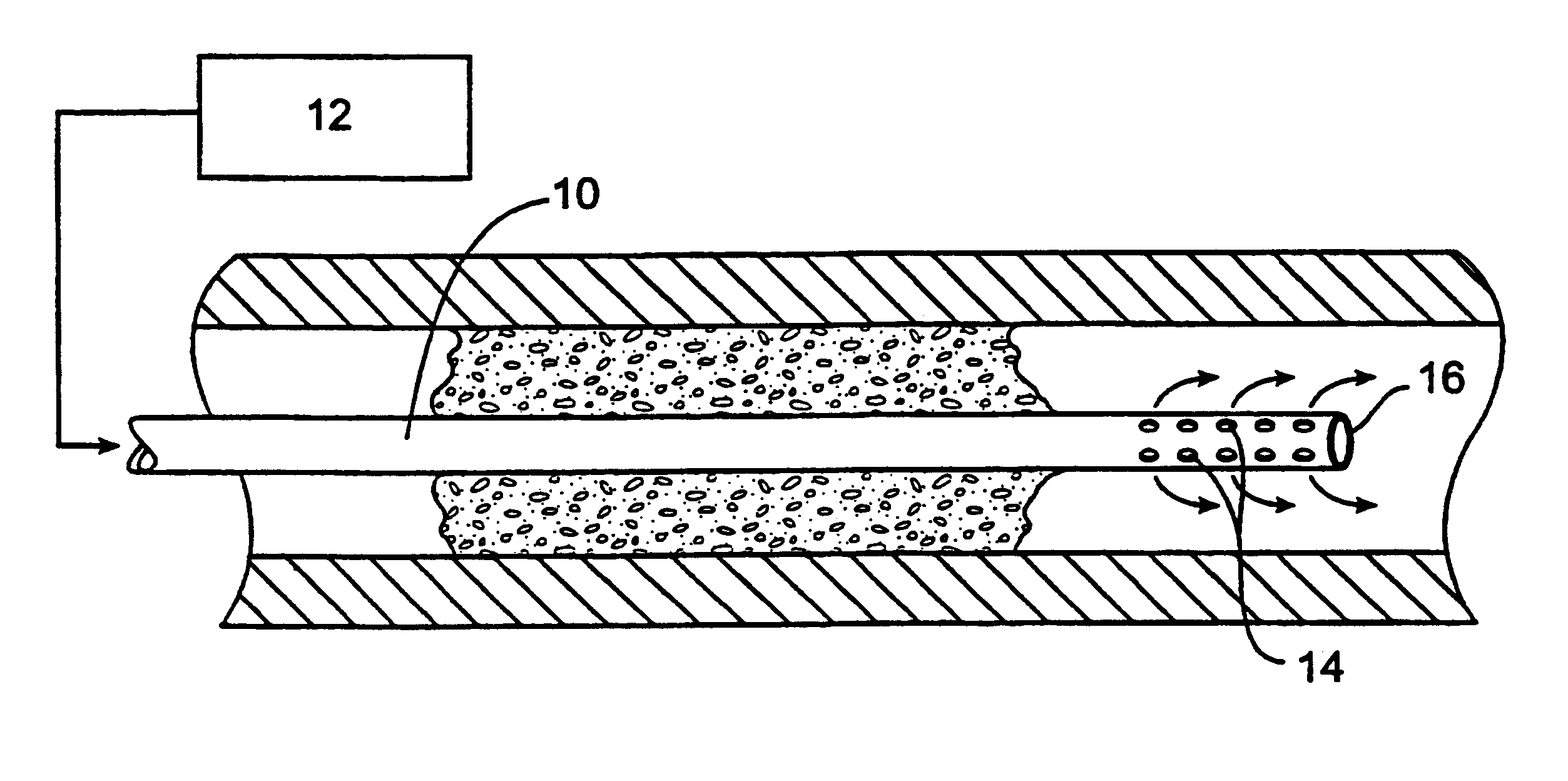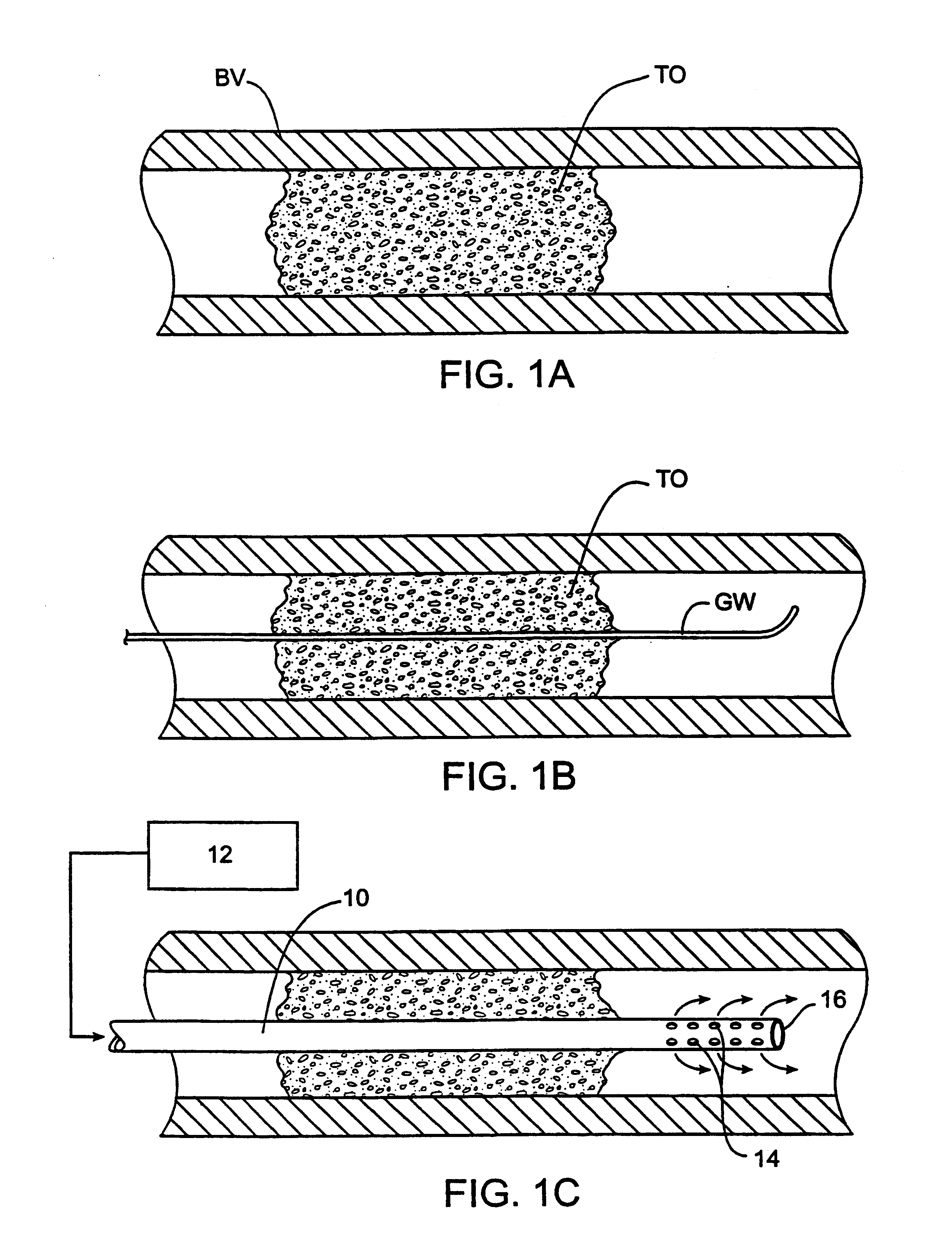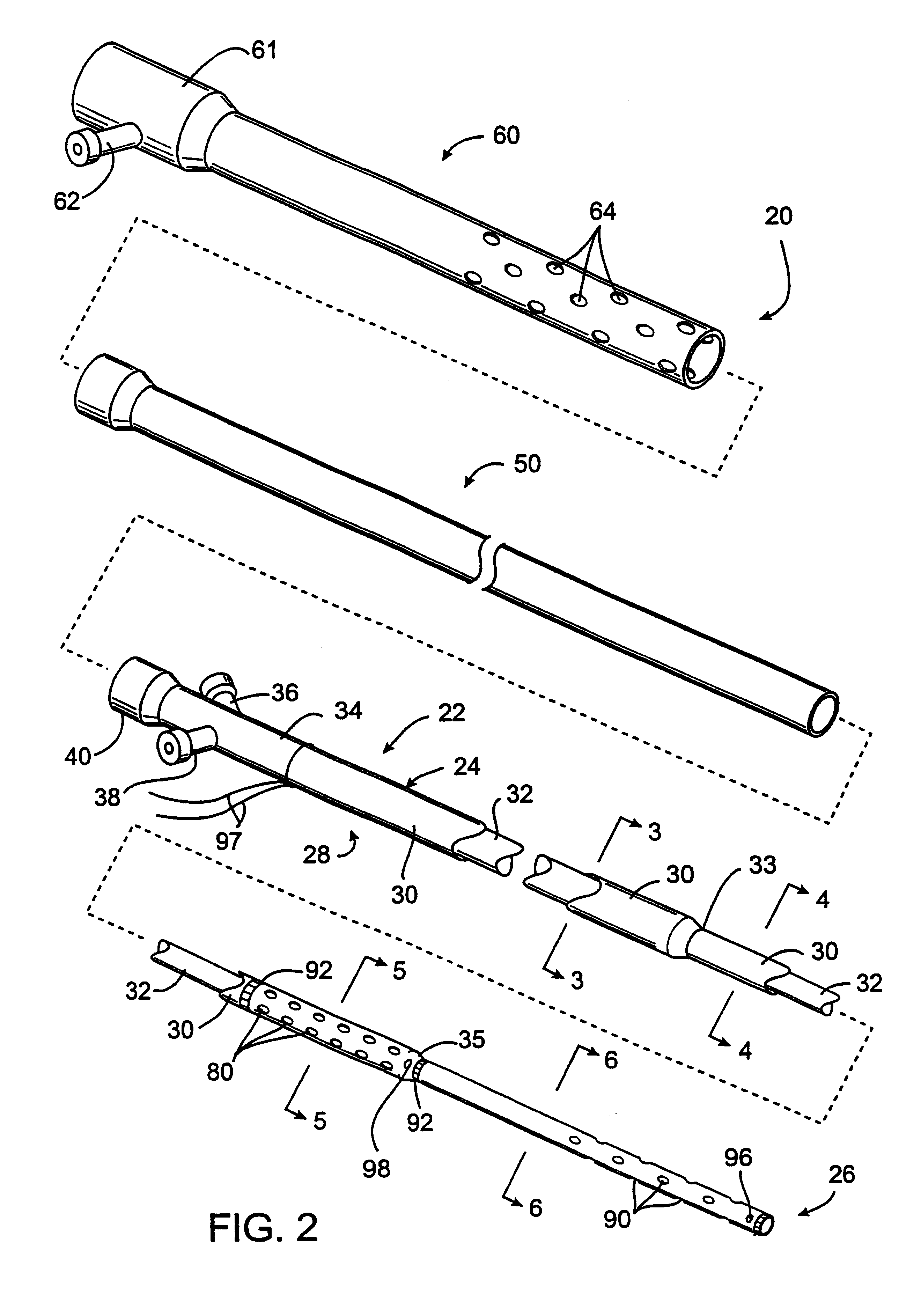Methods and systems for treating ischemia
a technology of ischemia and catheters, applied in the field of medical devices and methods, can solve the problems of distal exposure of the vasculature, rapid infusion of blood into, and further damage to the leaky capillary bed, and the dysfunction of the blood-brain barrier
- Summary
- Abstract
- Description
- Claims
- Application Information
AI Technical Summary
Benefits of technology
Problems solved by technology
Method used
Image
Examples
Embodiment Construction
The general principles of the present invention for treating partial and total occlusions within a patient's vasculature will be described in connection with FIGS. 1A-1C. A blood vessel BV which is usually an artery, more usually a cerebral artery, such as a carotid artery, vertebral artery, or an intracerebral artery, is obstructed by a total occlusion TO. The occlusion may result from thrombosis at a pre-existing atherosclerotic lesion or may result from the shedding of an embolus from an artery which flows distally to the particular vessel in which the occlusion occurs. Usually, the occlusion will occur abruptly and the sudden loss of perfusion through the blood vessel distal to the total occlusion TO will place the patient at great risk of neuron death. As discussed above in the Background section, it is usually necessary to reestablish perfusion within a matter of hours in order to avoid significant tissue damage or death, particularly in the case of strokes. While six hours is...
PUM
 Login to View More
Login to View More Abstract
Description
Claims
Application Information
 Login to View More
Login to View More - R&D
- Intellectual Property
- Life Sciences
- Materials
- Tech Scout
- Unparalleled Data Quality
- Higher Quality Content
- 60% Fewer Hallucinations
Browse by: Latest US Patents, China's latest patents, Technical Efficacy Thesaurus, Application Domain, Technology Topic, Popular Technical Reports.
© 2025 PatSnap. All rights reserved.Legal|Privacy policy|Modern Slavery Act Transparency Statement|Sitemap|About US| Contact US: help@patsnap.com



